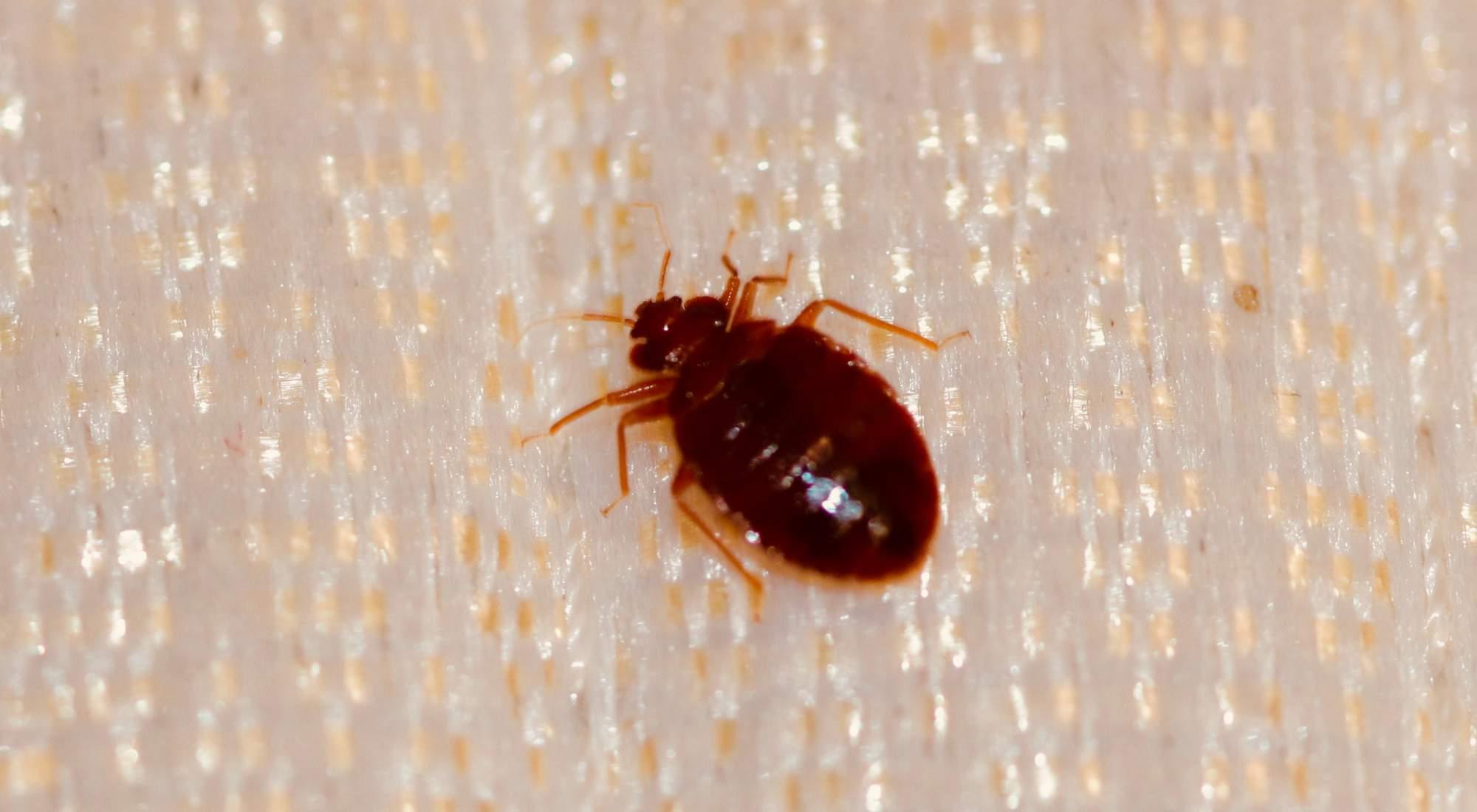How Plaque and Tartar Cause Most Dental Problems?

If you've ever wondered why so many dental issues begin with plaque or tartar, you're not alone. The truth is, plaque and tartar cause most dental problems—from minor gum irritation to more serious decay. As someone who's spent hours reading and talking with dentists (especially here in Nagpur), I've seen how these little deposits quietly wreak havoc.
I'll walk you through what they are, how they harm your teeth, and what you (yes, you) can do. And yes—I'll mention when you ought to see a dentist in Nagpur.
What Are Plaque and Tartar?
To understand how they cause damage, first, you and I need to know what we're dealing with.
1. Plaque is a sticky, soft film made of bacteria + food particles + saliva. It forms soon after you eat.
2. If you let that plaque sit (especially near your gums), minerals from saliva gradually turn it hard. That hardened stuff is tartar (also called calculus). You can't remove tartar with brushing alone.
3. Tartar often forms along the gumline, sometimes under the gums.
4. Once there's tartar, it gives new, sticky places for more plaque to accumulate. So it becomes a vicious cycle.
So plaque is the soft troublemaker you can handle at home; tartar is the hardened foe that demands help from a professional.
Why Plaque and Tartar Cause Most Dental Problems
Here's where the damage starts. I'll list the main pathways, then explain in simple terms.
1. Gum irritation, gingivitis → periodontitis
1. Bacteria in plaque produce toxins. These irritate your gums. That leads to redness, swelling, and bleeding.
2. Tartar below the gumline pushes the gums away from the teeth, forming pockets where bacteria hide.
3. Over time, if unchecked, the inflammation spreads deeper — into bone, ligaments, and roots. This is periodontitis.
4. At that stage, the attachment between teeth and gums starts breaking down.
So many people I know thought "bleeding gums" was no big deal until their dentist in Nagpur told them they were losing bone.
2. Tooth decay (cavities)
1. The bacteria in plaque feed on sugars and starches from your diet. They release acid as byproducts. That acid gradually erodes tooth enamel.
2. As enamel weakens, small pits form. If you don't catch it early, decay spreads deeper into the tooth.
3. Tartar can hide these problems, making detection harder.
I once knew a patient who ignored a yellowish patch on a molar. Turned out there was a deep cavity underneath. The tartar had masked early signs.
3. Bad breath, staining, aesthetic issues
Even before big problems set in:
1. Tartar is porous and can pick up stains (coffee, tea, tobacco).
2. It harbors bacteria more stubbornly, meaning persistent bad breath (halitosis).
3. Plaque itself, especially in grooves or between teeth, gives that fuzzy "something's wrong" feel.
4. Tooth mobility and eventual loss
1. As gums recede and bone shrinks (due to periodontitis), teeth lose support.
2. Teeth may feel loose, shift, or eventually fall out if untreated.
Many people don't realize that tooth loss in older adults is often the end result of decades of unchecked plaque and tartar.
Signs You're Already Affected (What to Watch For)
You don't have to wait for a full-blown disease. Catching things early helps. Keep an eye out for:
1. Gums that bleed when you brush or floss
2. Red, swollen gums
3. Gums that look like they're pulling away
4. Persistent bad breath
5. Yellow or brown hardened deposits near the gumline
6. Sensitivity to hot, cold, or sweet foods
7. Teeth that feel loose or shift slightly
If you spot any of those, don't delay. A dentist in Nagpur can examine, take X-rays, and figure out how deep the damage is.
How a Dentist (Especially in Nagpur) Handles It
When you go to a clinic (say, in Nagpur), here's approximately what happens:
1. Examination + diagnosis
2. The dentist checks your gums, measures pocket depths, and uses radiographs if needed.
3. Scaling / cleaning/debridement
4. They remove the tartar (supragingival + subgingival) using ultrasonic tools or hand scalers.
5. Root planing (if needed)
6. For deeper pockets, they smooth the root surfaces to remove bacteria and make reattachment easier.
7. Follow-up/monitoring
8. More frequent cleanings, checking if gum pockets are reducing.
9. Supportive therapy
10. Advice on oral hygiene, diet, and maybe antibiotic rinses if infection is strong.
If you search for a good dentist in Nagpur, look for clinics offering periodontics/gum therapy. For example, SABU Multispeciality Dental Clinic (Nagpur) is one local option.
Prevention: How You Fight Back at Home
You can't shift the entire burden to the dentist. Your daily habits matter. Try this:
1. Brush twice a day (at least 2 minutes each time)
2. Use a soft or medium brush; reach all surfaces
3. Floss at least once a day
4. Consider disclosing tablets once in a while to see leftover plaque
5. Rinse with a suitable antibacterial mouthwash (if recommended)
6. Watch sugar intake — less fuel for bacteria
7. Avoid tobacco
8. Visit your dentist regularly (every 6 months is common, but your condition may need more frequent visits)
Even those small moves push back plaque formation, slowing tartar buildup.
Why "Experience, Expertise, Authority, Trustworthiness" (EEAT) Matters
If you ever write or read health content (or dentist websites), you'll hear about EEAT — especially in fields like dentistry. Here's how it ties in:
1. Experience: Patients trust stories from someone who's seen real cases. If a dentist in Nagpur describes "I've treated dozens of gum disease cases," that matters.
2. Expertise: Qualified credentials, training in periodontics, research background — these signal depth.
3. Authority: If your clinic is cited by others, gets good reviews, and is referenced by local media, that builds standing.
4. Trustworthiness: Transparent pricing, clear evidence backing advice, patient testimonials, and proper safety standards.
When this article (or any dental site) shows EEAT, readers (and Google) feel more confident. So while I explain "how plaque and tartar cause most dental problems," I also try to root claims in evidence and real-world practice.
FAQs (Using Keywords)
Q: How do plaque and tartar cause most dental problems?
Plaque harbors bacteria that release acids and toxins. Over time, minerals harden plaque into tartar. This combination inflames gums, erodes enamel, causes cavities, and can weaken tooth support. By itself, plaque is dangerous; with tartar, the risk multiplies.
Q: Can I remove tartar by myself or brush it off?
No. Once plaque becomes tartar, it bonds strongly to the tooth surface. Only a dental professional can safely remove it via scaling or debridement.
Q: How often should I visit a dentist in Nagpur to avoid problems?
Usually, every six months is a good benchmark. If you have gum disease, cavities, or heavy tartar buildup, your dentist may ask you to come more often.
Q: Will treating plaque and tartar reverse dental damage?
Some damage (like mild gingivitis or enamel demineralization) can be reversed. But deeper damage — like bone loss or deep pockets — can't fully regenerate. Treatment can halt progression and stabilize your oral health.
Q: Is tartar removal painful?
In general, no. The cleaning may feel uncomfortable, especially if the buildup is heavy or the gums are sensitive. Local numbing or gentle techniques often keep patients comfortable.




